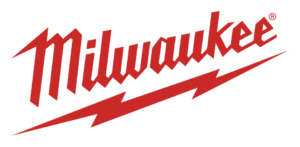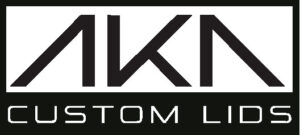Yesterday’s management playbook may not be quite as relevant for today’s conditions. Emerging ahead takes a sharpened focus on a best-in-class positioning. That equates to being a good risk, that’s a first choice among clients, and also wins the best insurance rates. It’s also helpful to keep in mind that when capacity is limited, underwriters are more choosy on where they deploy it; best-in-class players are at the front of the line.
Here’s what also makes a difference:
- Sharpen those valuations, not just for projects themselves, but also for equipment. It’s tough to grapple with rising inflation, supply chain delays and conversion rates. Closely read all contracts and share them with brokers to ensure valuations — and the associated insurance coverages — are accurate.
- Your workforce – your future. Consider benefits that are both cost-effective and also help attract and retain workers. Pay is always important, but health plans and financial wellness programs have considerable appeal for millennial and Generation Z workers.
- Find a good partner. Work with a broker who understands your needs and can help you design a risk mitigation strategy that secures the best coverage and reduces your total cost of risk.














